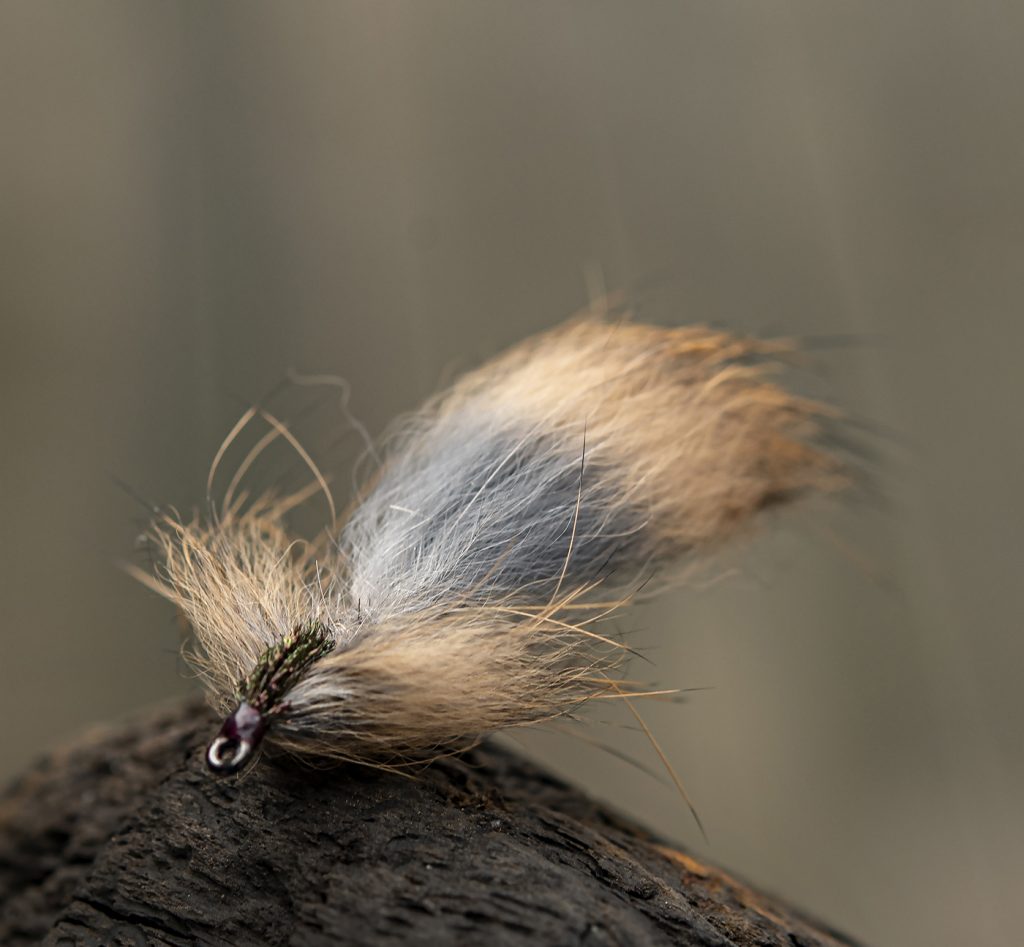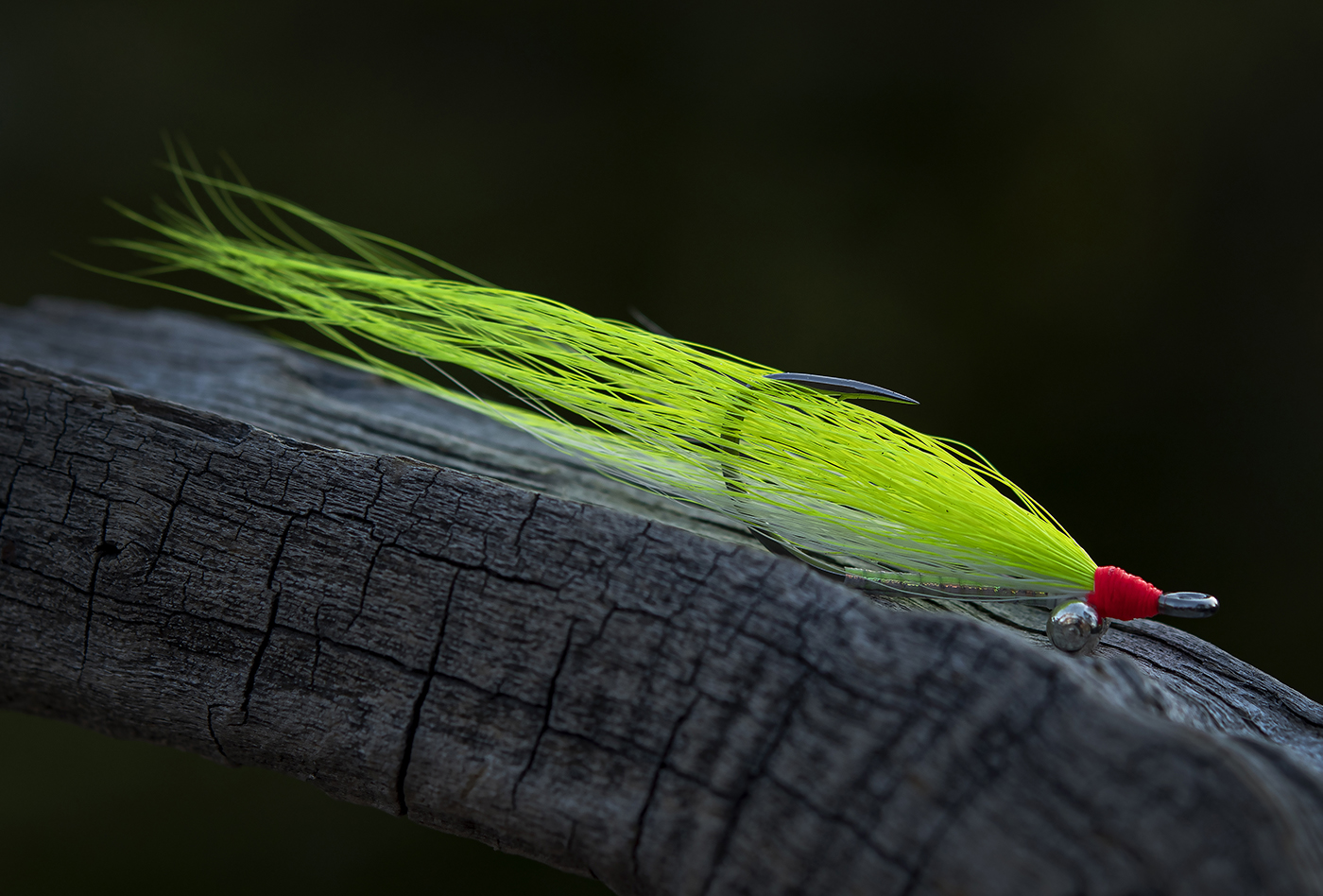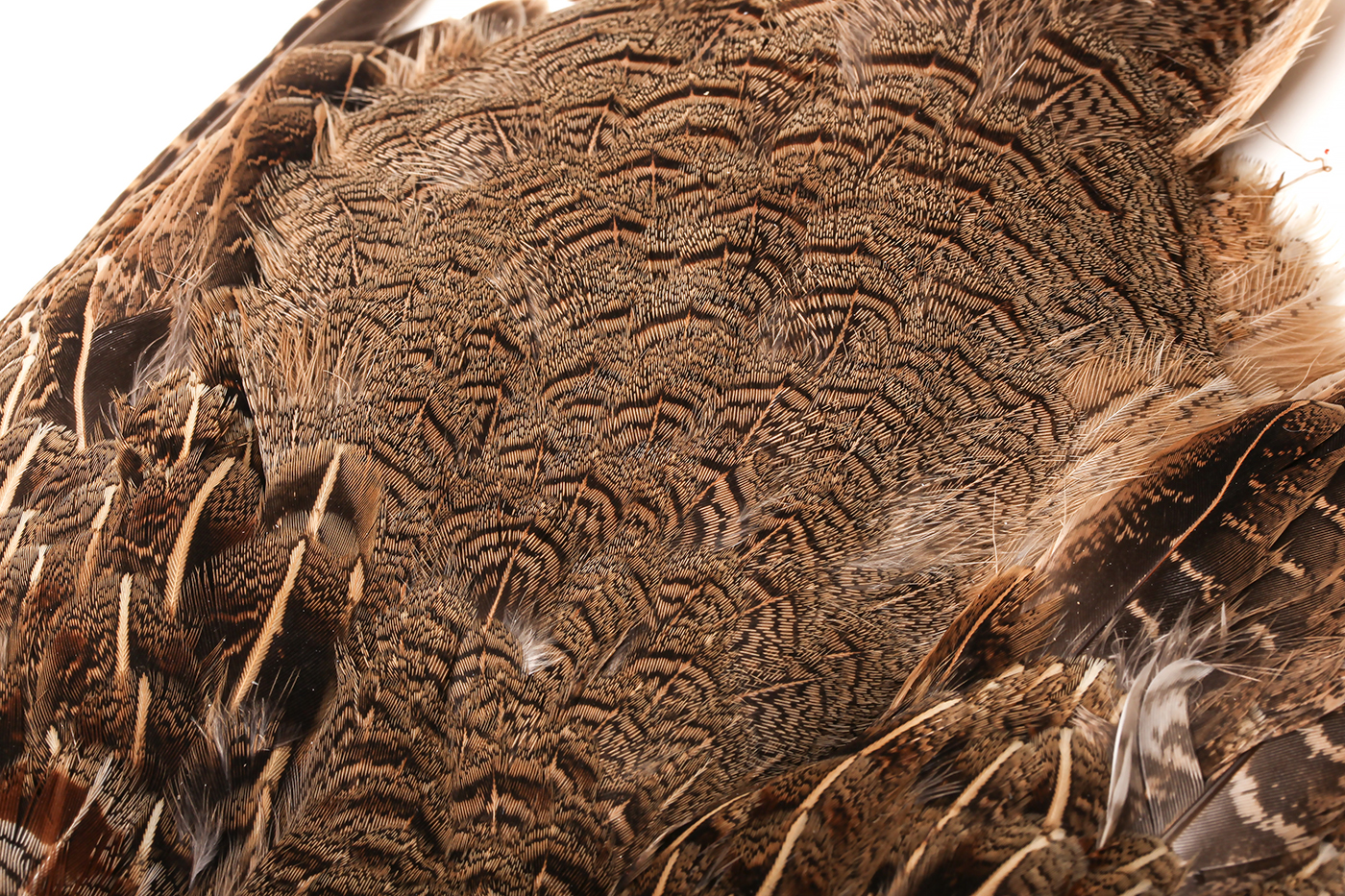
The sight of a beautiful trout or grayling rising majestically to the surface inhaling an insect is the highlight of many flyfishers dream – the sight that drives us off to the water again and again.
Continue reading “Caddisflies”
The sight of a beautiful trout or grayling rising majestically to the surface inhaling an insect is the highlight of many flyfishers dream – the sight that drives us off to the water again and again.
Continue reading “Caddisflies”
The fly on the blog today features two legends in one. We maybe close to Christmas and far away from the trout fisher’s high season – the Danica-hatch, but it’s never too late to prepare, and probably never too early either. And if it goes as it usually does, Danica-season will be upon before we know it, so here’s a little inspiration to look at.
Continue reading “Gary Borgers Strip Nymph”
Like may fly nymphs and the nymphal- or larvae stage of any insect, the adult part of the life cycle is the shortest. The large mayflies can live for days, the smallest perhaps only for a hours. Caddis are generally the same – the larger species can live for several days, the smaller just a few days. After mating and egg laying they both die and become spent spinners – a stage off the life cycle the fish know well, since they are easy prey, unable to escape.
Continue reading “Caddis nymphs”
“Kært barn har mange navne” – a Danish proverb for “Beloved child has many names”. And that of course is also true for the Green Drakes, the largest of may flies that hatch in Europe, an important hatch as it’s the trout- and grayling fly fisher’s best chance for some of the river’s largest fish on a dry fly. The Danica/Vulgata hatch is one of the season peaks we all look forward to.

Chartreuse Pillow Talk by Hanna B. Vestergaard
In any type of fly, for any kind of species, during most of the season, you can encounter conditions, where it’s highly advantageous (some essentially necessary) to do whatever you can to avoid snagging on weed. Simply in order to be able to move your fly through the water. There are several ways of negotiating the challenge – and only one to avoid it totally, which is to stay home. But – that’s not why we’re fishing, so let’s take a look at some of the options and their advantages and drawbacks.

Soft hackle flies are some of the most universal and, for me at least, some of the most important in my trout/grayling flyboxes. I fish them as teams of two in the rivers and I often use them as droppers in stillwater. While the old, English masters of the tradition actually were quite specific on which insects their dressings imitate, they are often good year round.
Continue reading “Soft Hackle Flies – The Swedish Tradition”

Pink Jig by Håkan Karsnäser on FW554 CZ Mini Jig.
Yes, another hook release – believe it or not. We’ve been busy! This time it’s a new jig-hook. We of course already have a jig hook – the FW 550/551. So what’s the big difference, I hear you ask? Well, that takes about as long time to answer as it does to ask the question. Hook length!
Continue reading “New Release – FW 554/555 CZ Mini Jig Hook”

You may have spotted these news on Facebook and Instagram already. If not – today is the official release of a new dry fly hook in the FW-series: the 504/505 Short Shank Dry Fly Hook.
Continue reading “Ahrex FW 504/504 Short Shank Dry Fly Hook”

The ultimate game bird for fly tying? Maybe not, but the different feathers from a partridge are amongst the most versatile for nymphs, flymphs, wet flies, spiders and soft hackles. Soft pulsating hackles with an attractive marking that offers plenty of life and movement to the fly.

The Butcher, proberbly the best known classic wet fly – tied by Håkan Karsnäser.
When fly tiers and fly fishers think about “mallard wings”, I suppose that most of us have the image of a classic spey fly with its low set roof shaped wing of the beautiful (and impossible) brown- and black speckled feathers from a mallard’s wing.